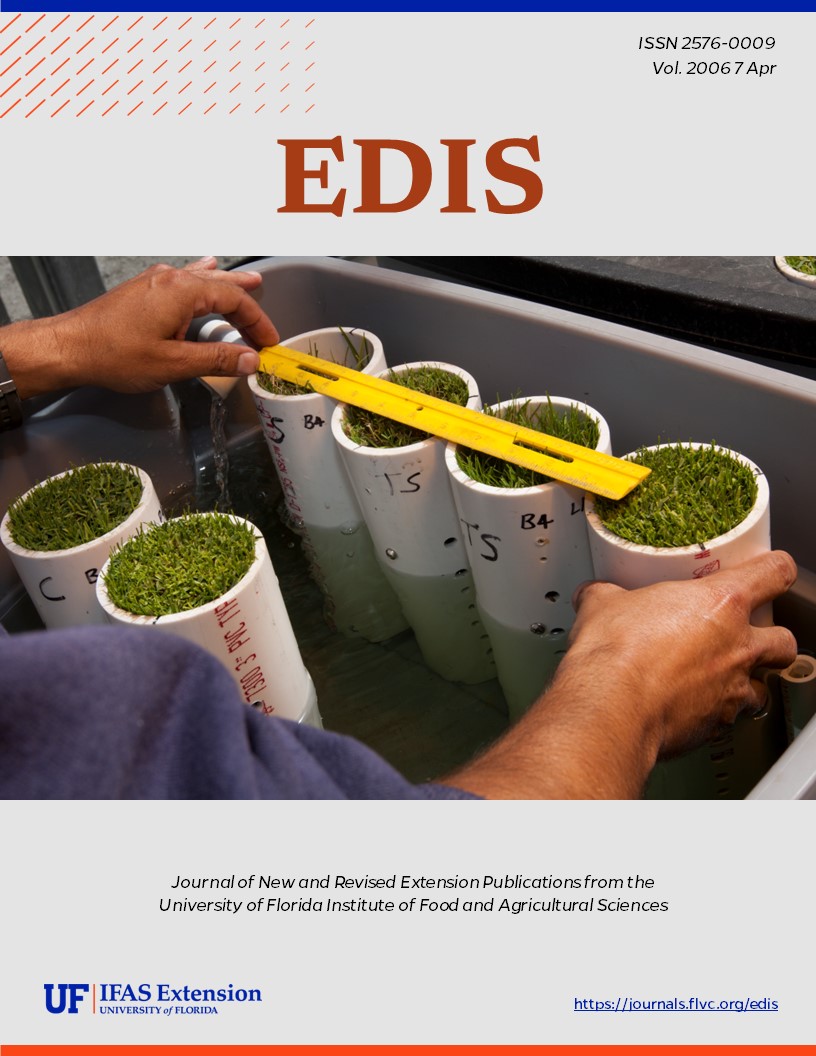Abstract
El orden Odonata contiene las libélulas y los caballitos del diablo y es uno de los grupos de insectos más populares. Los odonatos son populares igual con el amateur y el profesional porque son grandes, llenos de color, fácilmente observados, y tienen comportamientos enormemente carismáticos. En años recientes libélulas en particular han sido populares con observadores de pájaros así que las libélulas rivalizan pájaros de envergadura, color, gregariedad, y predictibilidad. Como resulto de su popularidad con el público, la libélula ha llegado a ser el enfoque de muchos esfuerzos conservatorios en Norte América, Europa, y Asia. Este documento, EENY-363, es uno de una serie de publicaciones del Departamento de Entomología y Nematología, UF/IFAS Extensión. Fecha de primera publicación: diciembre 2005.
EENY-363/IN654: Libélulas y Caballitos del Diablo (Insecta: Odonata) (ufl.edu)
References
Corbet, P.S. 1999. Dragonflies: Behavior and ecology of Odonata. Comstock Publishing Associates, Cornell University Press. Ithaca, New York.
Daigle, J.J. 1991. Florida Damselflies (Zygoptera): A Species Key to the Aquatic Larval Stages. State of Florida Department of Environmental Regulation. Technical Series. Vol. 11 Num. 1
Daigle, J.J. 1992. Florida Dragonflies (Anisoptera): A Species Key to the Aquatic Larval Stages. State of Florida Department of Environmental Regulation. Technical Series. Vol. 12 Num. 1
Lohmann, H. 1996. Das phylogenetische System der Anisoptera (Odonata). Deutsche Entomologische Zeitschrift 106, 209266.
Mauffray B. (2005). International Odonata Research Institute. http://www.afn.org/~iori/ (30 November 2005).
Merritt, R.W. and Cummins, K.W. 1996. An introduction to the Aquatic Insects of North America 3ed. Kendall/Hunt Publishing Company. Dubuque, Iowa.
Miller, P.L. 1992. The effects of oxygen lack on egg hatching in an Indian dragonfly, Potamarcha congener. Physiological Entomology 17: 68-72. https://doi.org/10.1111/j.1365-3032.1992.tb00991.x
Mitchell F, et al. (2004). Digital Dragonfly Museum. http://stephenville.tamu.edu/~fmitchel/dragonfly/ (30 November 2005).
Mitchell F, et al. (2004). Damselflies of Texas. Digital Dragonfly Project. http://stephenville.tamu.edu/~fmitchel/damselfly/ (30 November 2005).
Rehn, A.C. 003. Phylogenetic analysis of higher-level relationships of Odonata. Systematic Entomology 28: 181-240. https://doi.org/10.1046/j.1365-3113.2003.00210.x
Sternberg, K. 1990. Autökologie von sechs Libellenarten der Moore und Hochmoore des Schwarzwaldes und Ursachen ihrer Moorbindung. DrT, Albert-Ludwigs-University, Freiburg Germany.

